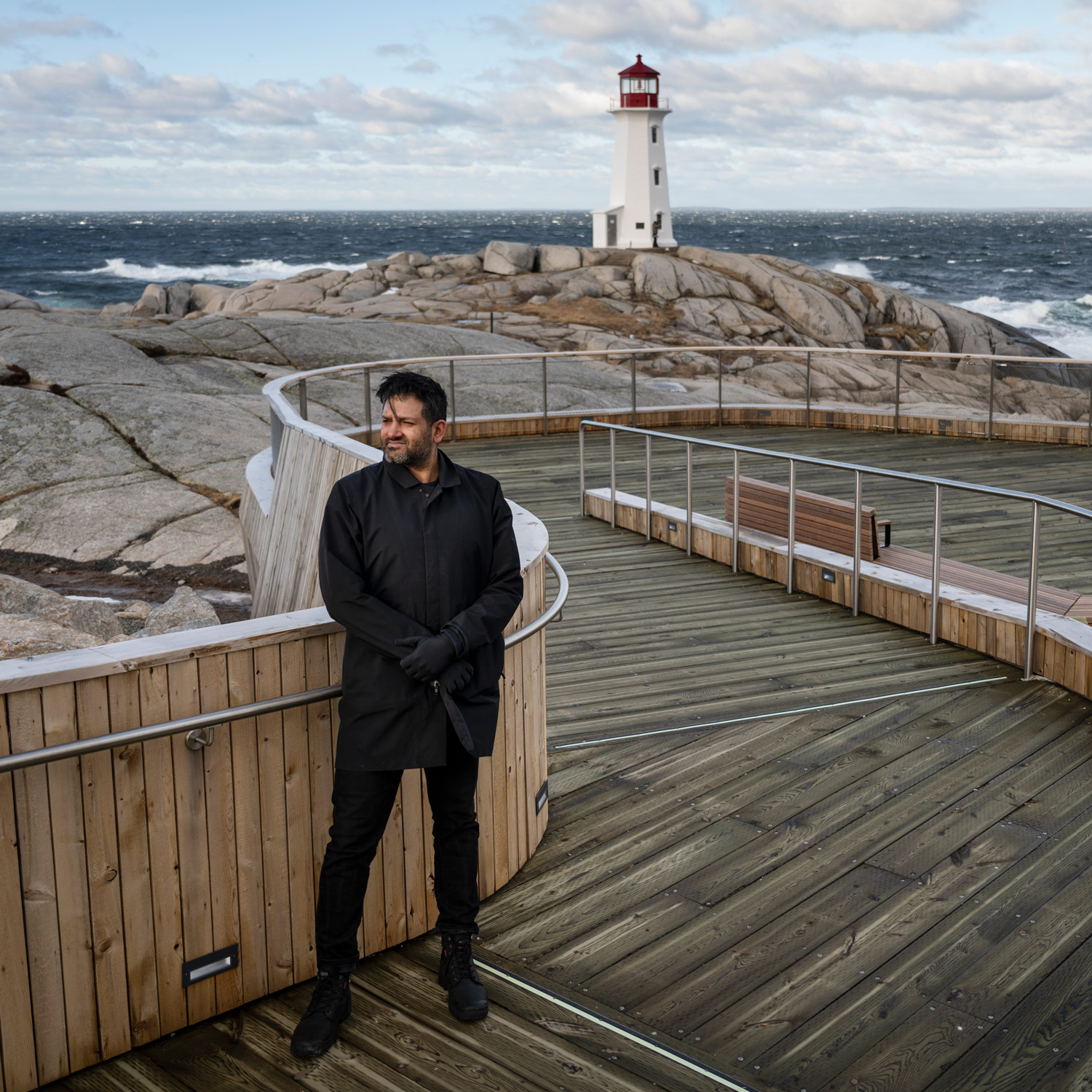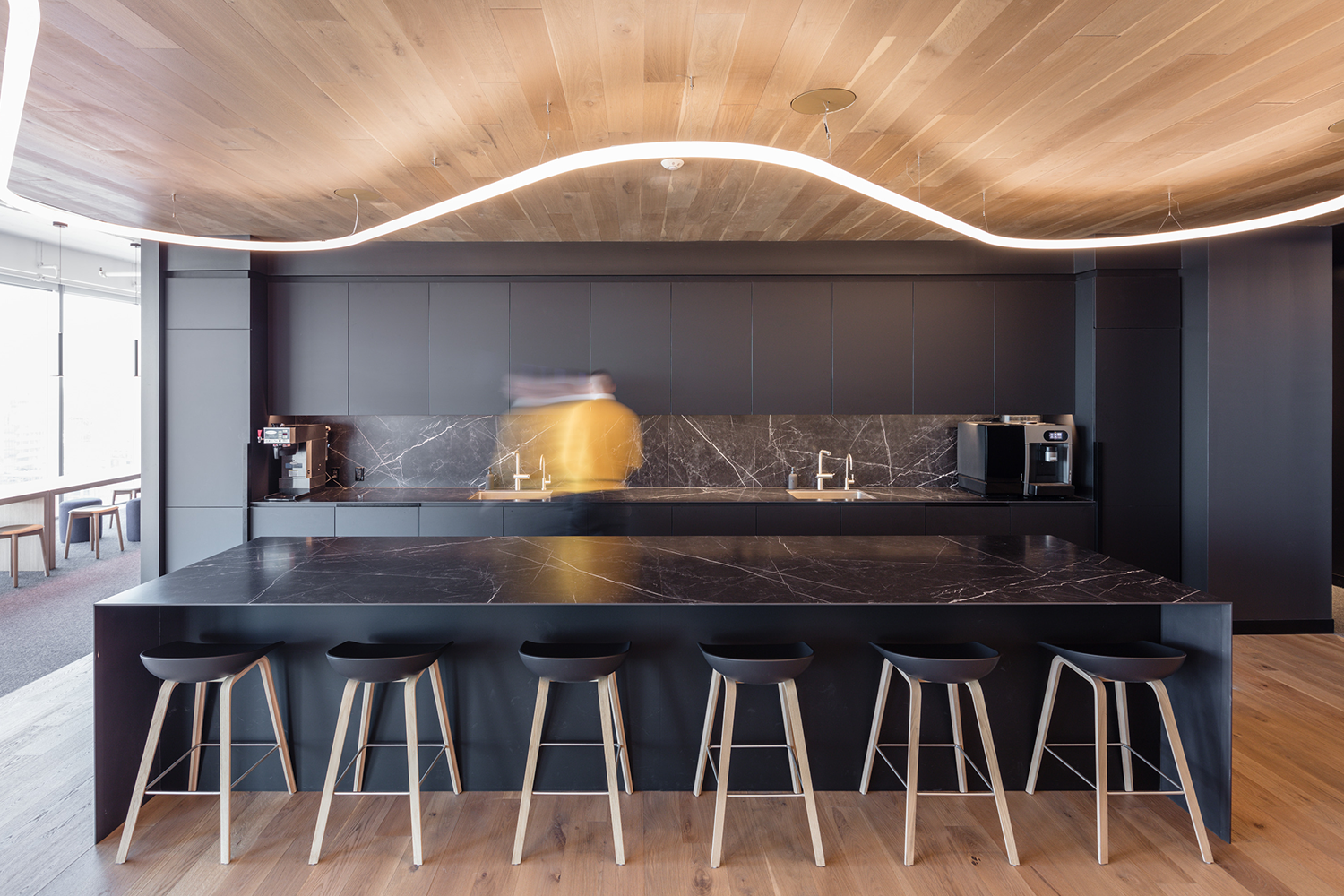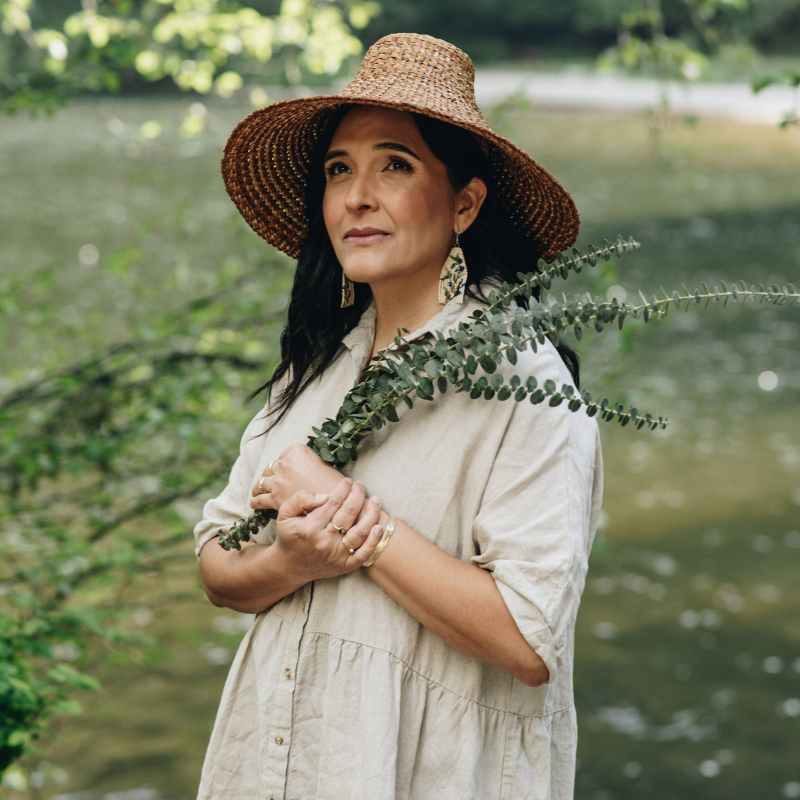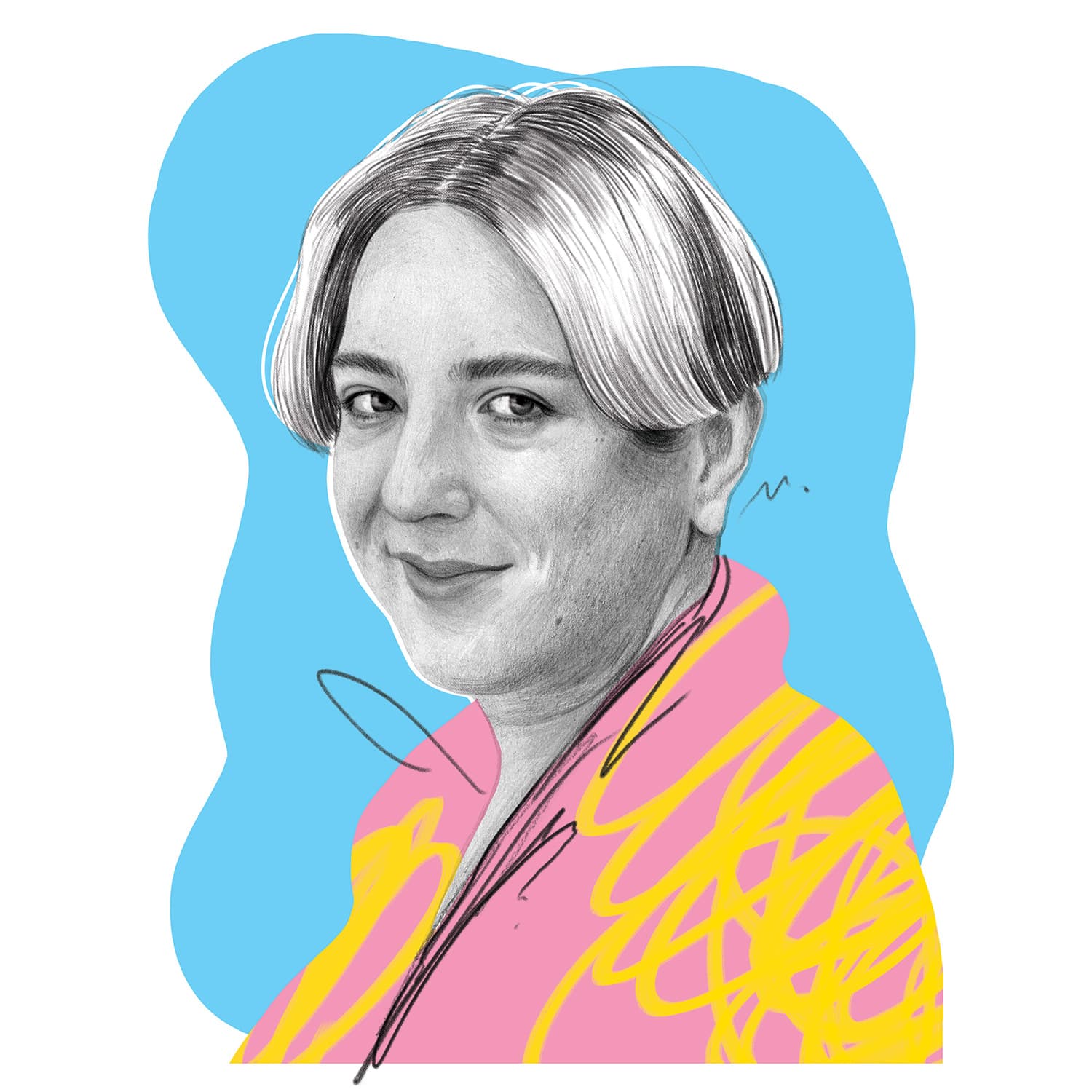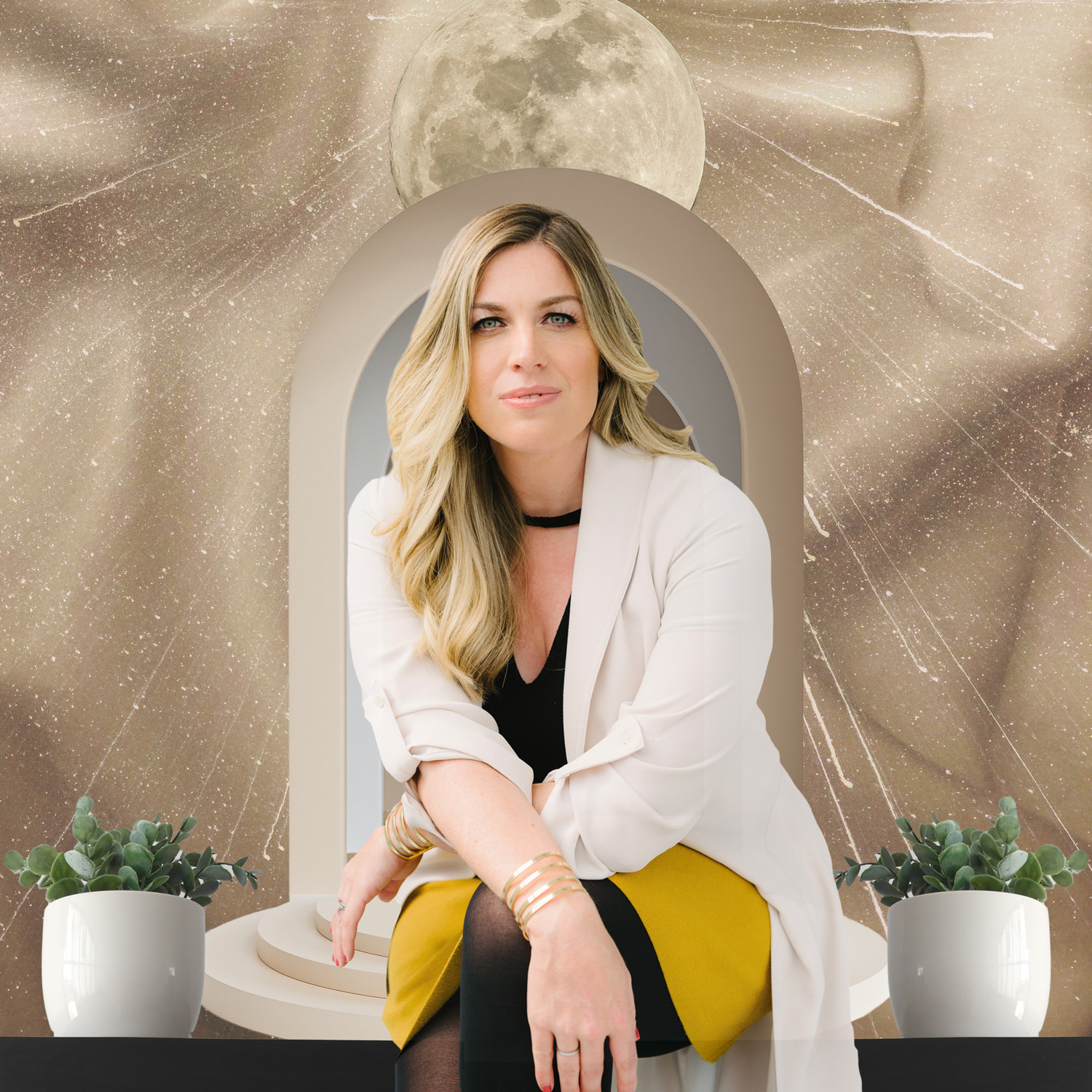Architect Eladia Smoke Is Reintroducing Indigenous Perspectives Into the Built Environment

KaaSheGaaBaaWeak | Eladia Smoke is the founder of one of the few Indigenous-owned architecture firms in the country. She is an emerging visionary in her field—the architect behind expansive, light-filled public buildings that connect with the natural environment. In 2021, Smoke Architecture and Moriyama & Teshima Architects were jointly selected to design The Mukwa Waakaa’igan Indigenous Centre for Cultural Excellence at Algoma University in Sault Ste. Marie, Ont. The project will be the new focal point of the campus—a masterpiece of contemporary design that brings steel and glass together with land and water while incorporating Indigenous traditions and ceremonial spaces to foster the sharing of knowledge.
Age: 44
Based in: Hamilton, Ont.
Degrees: B.Env.D. and M.Arch. (University of Manitoba)
My goal in life:
To reintroduce Indigenous perspectives into the built environment and to bring people together in our environments.
My earliest memory:
I’m going to sound like a kook, but I remember being inside my mom. I remember it being dark red, very comfortable and warm. I’d push my foot against her rib, and she would poke my foot from the outside.
I thought I’d grow up to be:
In medicine or law enforcement. I’m White Wolf Clan, a subset of Bear Clan, which is about healing and protection. I eventually realized that architecture was another way I could have an incredibly beneficial effect on people.
My first job:
Cooking at a children’s camp on Llama Mountain in New Mexico when I was 15.
The best advice I’ve ever heard:
Dr. Terri Fuglem, one of my professors at University of Manitoba, said, “Deadlines are our friends.” Architecture can be endlessly perfected, so deadlines force us to stop perfecting and start implementing our ideas.
My major break:
In architecture, it’s more of a slow build than a major break. You continue to make new connections, and people trust you with their hopes and dreams for a new space.
The hardest decision I’ve ever made:
I thought long and hard before founding my own firm. It really felt like stepping into the ocean, but it was the best professional decision I’ve made.
My most memorable mistake:
Not hiring an office manager for several years after starting the firm. In 2020, we brought on our first office manager, Marie Keele. We evolved incredibly quickly because she gave us a handle on our internal administration. She’s since been promoted to finance officer.
A great leader:
Figures out what people love to do and what people are good at doing and makes room for them to do it.
One thing that needs to change in my industry is:
The profession needs to listen to Indigenous people. The Canadian architecture we have now almost exclusively borrows from European methodologies, but a richness of ideas and design can be achieved when we listen to people who have lived here for millennia.
I never confuse:
Expertise with knowing everything. We can never actually know it all, nor should we try to. The best we can possibly hope for is to know a little bit about a lot of things.
I’d like to be remembered for:
Inspiring more Indigenous young people to pursue architecture as a career. We are the only licensed Indigenous-led firm practising in the province of Quebec, and there are no Indigenous-led firms anywhere east of that.
My current obsession:
Figuring out how to create a safe space for the sharing of knowledge our ancestors have given us in the context of modern architectural education.
The word I most overuse:
“Collaborate.”
This article appears in print in the fall 2022 issue of Canadian Business magazine. Buy the issue for $7.99 or better yet, subscribe to the quarterly print magazine for just $20.

